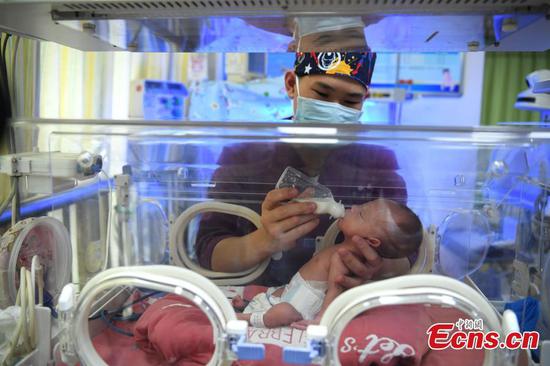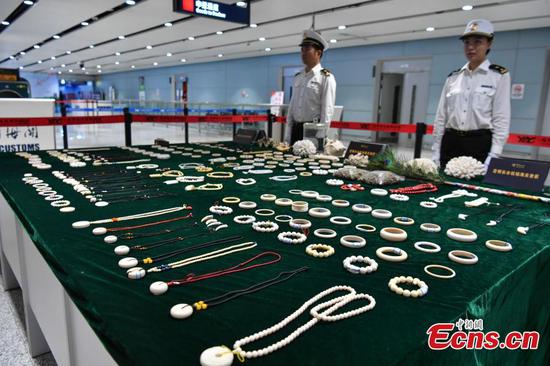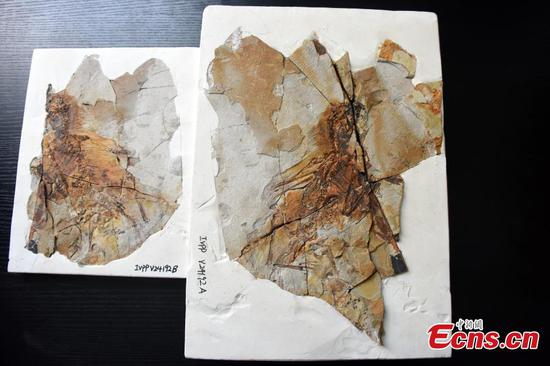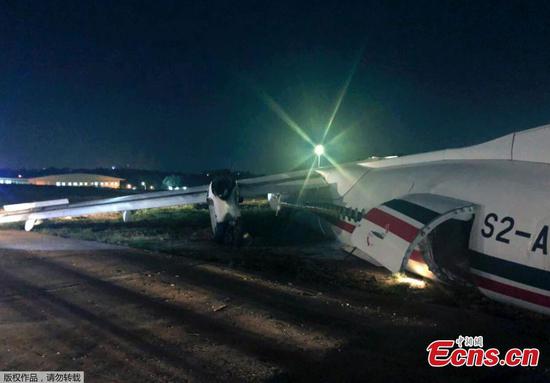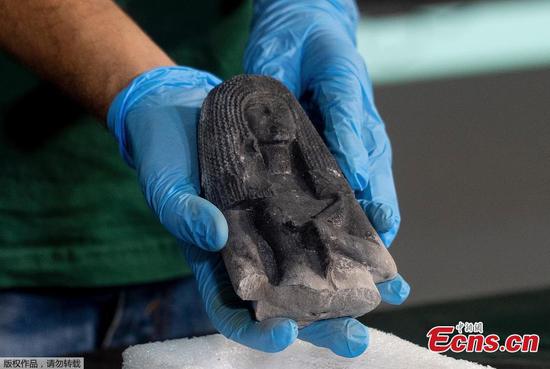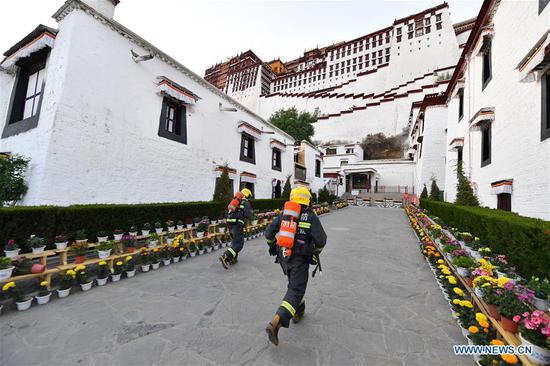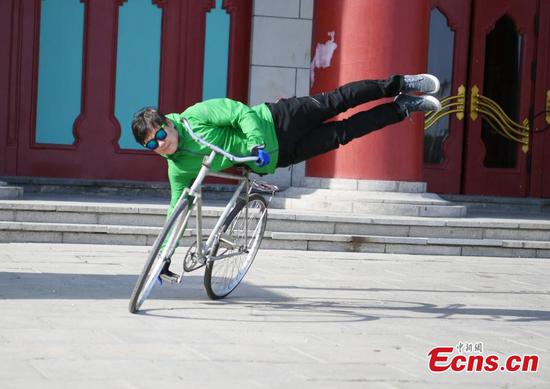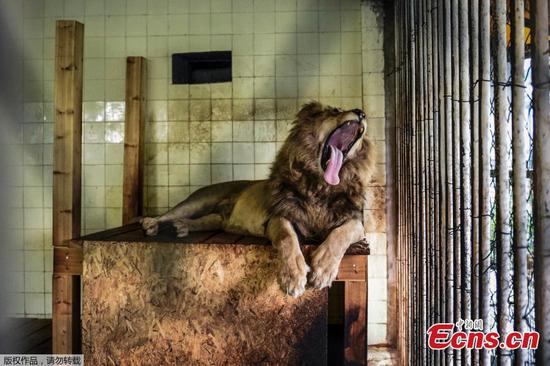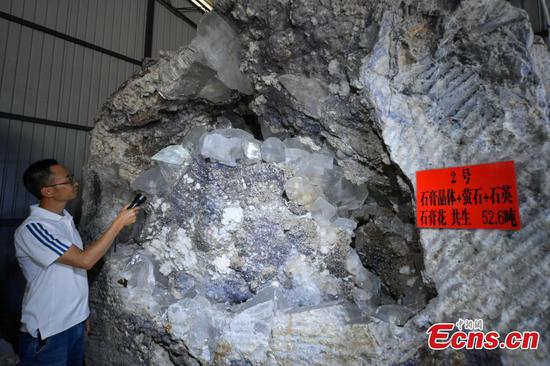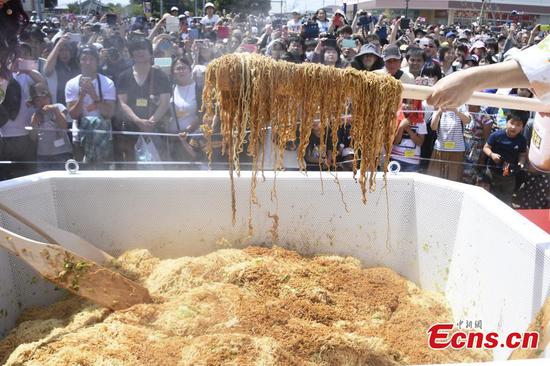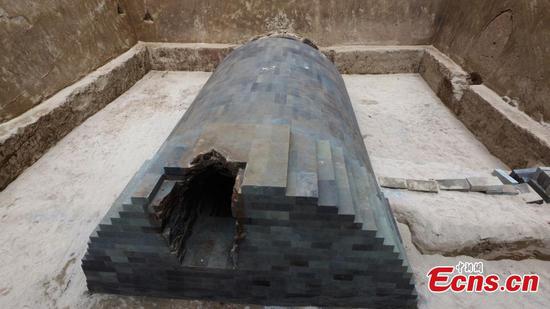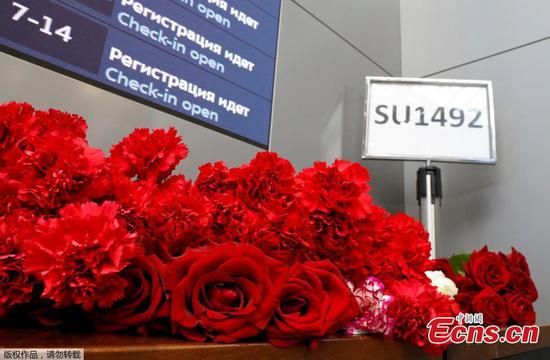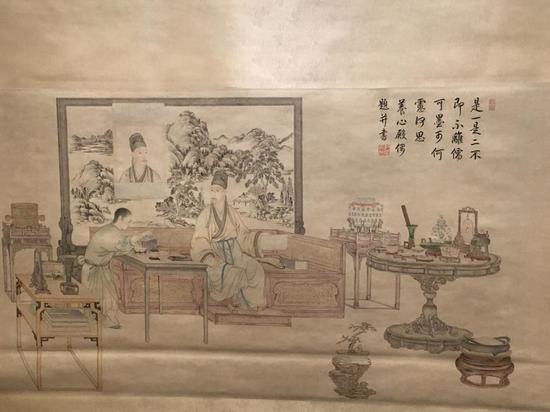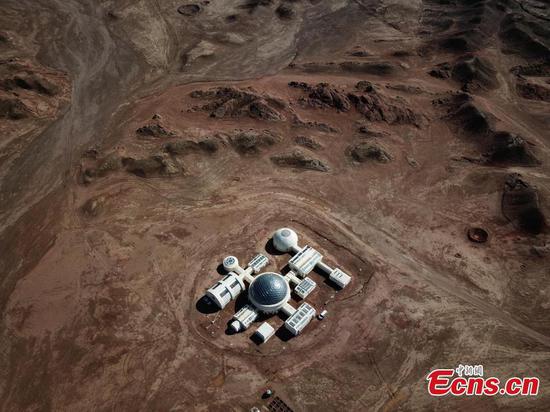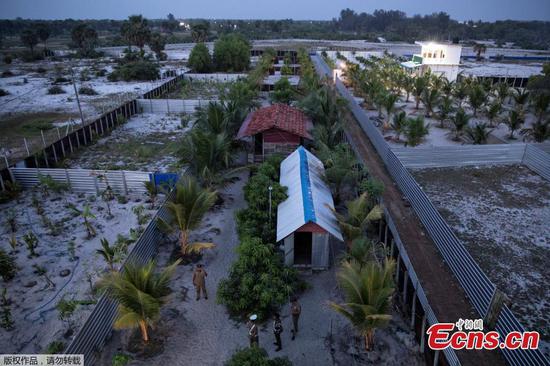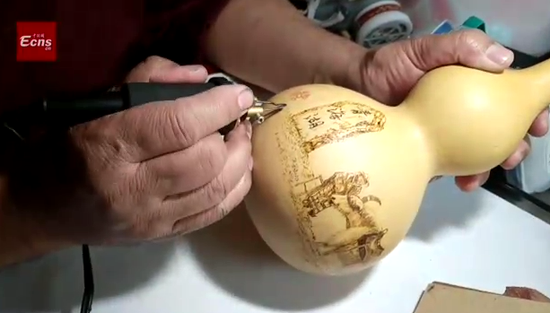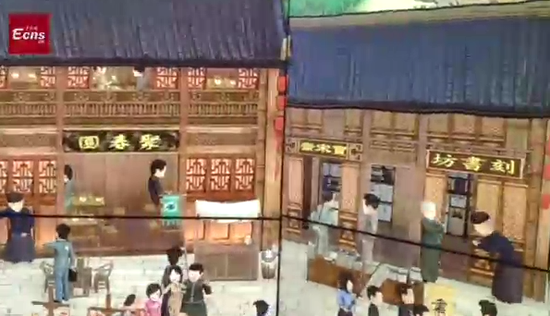
A worker checks the claw pole of a generator at Jiangsu Longcheng Precision Forging Co Ltd, an auto parts maker based in Changzhou, Jiangsu province, on April 15. [Photo by Jiang Xueqing/China Daily]
In Taizhou, the line of credit for micro and small enterprises is divided into several numerical categories, ranging from less than 100,000 yuan to 10 million yuan. The small business lending market is also divided into various segments, and each bank is striving to find its niche.
Hong Quan, vice-president of Zhejiang Linhai Rural Commercial Bank Co Ltd, said: "We try our best to find our bank's competitive differentiation from large State-owned commercial lenders... and we mainly focus on loans of less than 30 million yuan each."
Last year, the rural commercial lender in Linhai, a county-level city in Taizhou, offered new loans worth 3 billion yuan, of which more than 90 percent were agricultural and small business loans.
As of April 17, the bank had lowered its average lending rate for small businesses by 100 basis points since the beginning of this year.
"We can't afford to lose market share. When large State-owned commercial banks started cutting lending rates for small businesses, we had to follow in their footsteps. For now, we still have room and resolution to further lower lending rates because our bank has accumulated profits in the past," Hong said.
Regulators are guiding commercial banks, including large State-owned commercial lenders, to find measures to make their models for small business lending commercially sustainable, rather than making up for slim profits or even losses in this type of business with higher profits earned from other business segments, such as consumer loans.
"It is not true that the lower the small business loan rate is, the better. Only the rate that suits a particular bank is the best," Cao said.









